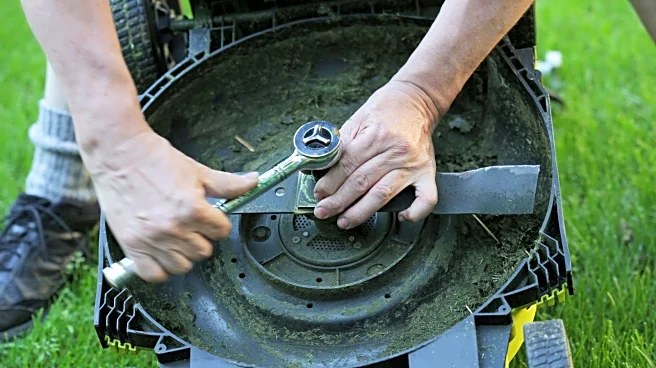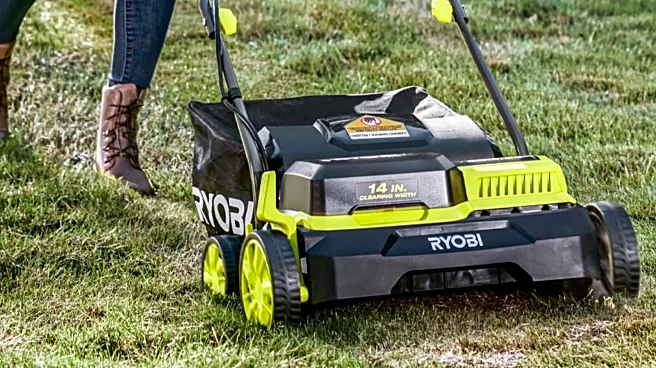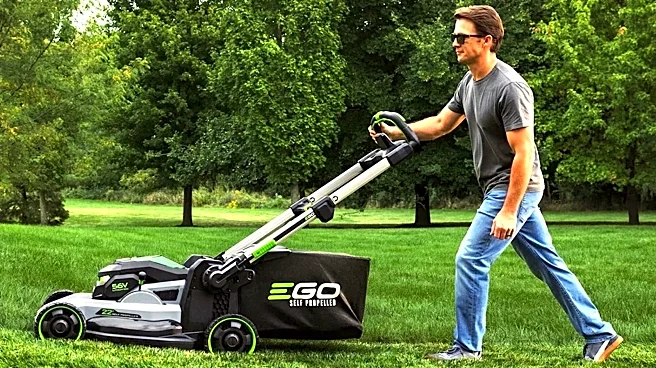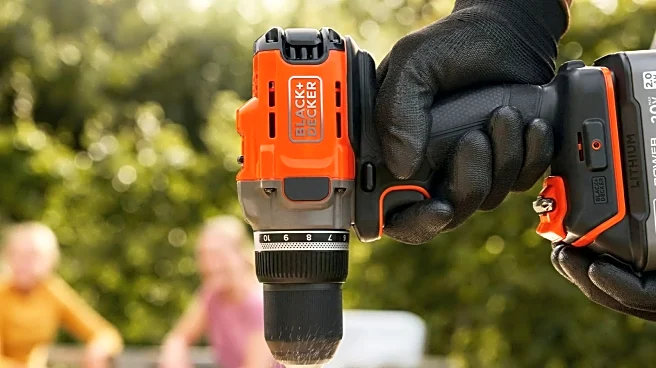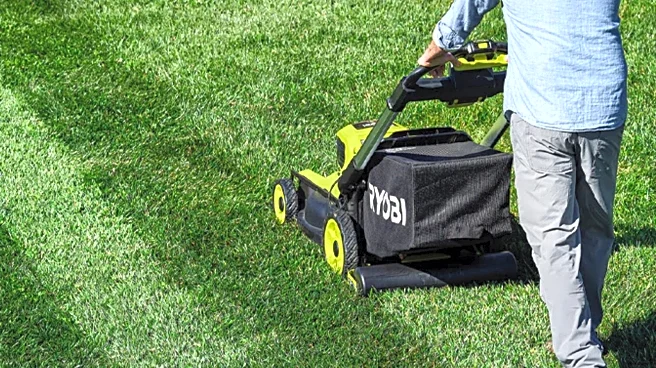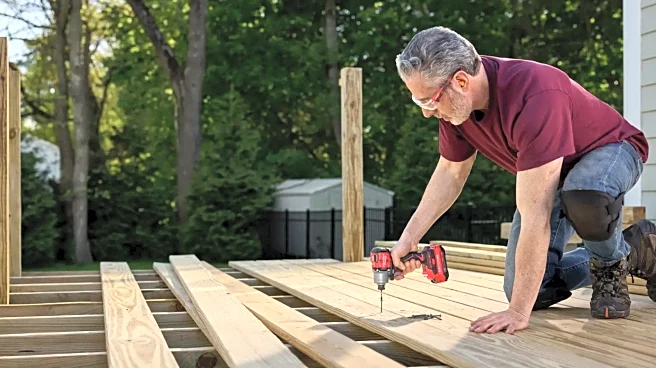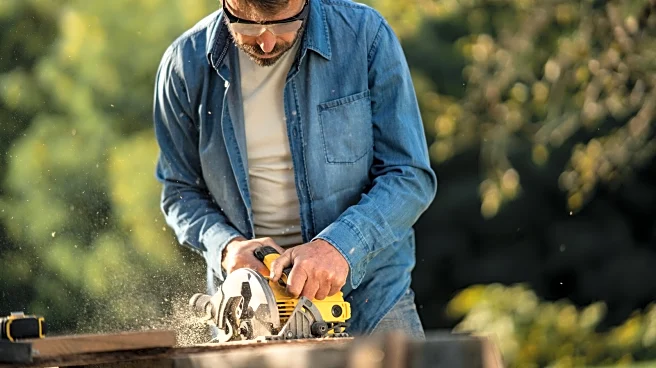
Mowing the lawn is often the first job homeowners tackle when heading outside to beautify their home's exterior. It keeps the yard looking fresh and tidy, and actually supports healthy root growth and grass density. This prevents weeds from taking root and ultimately threatening to commandeer your green space for itself. Not only does a well-manicured lawn out front mark you as a kind of upstanding member of society, but if you happen to live in a community with HOA rules in place, you might actually have
to participate in this warm weather ritual, or risk incurring the wrath of the board.
The task might feel simple to most. Dragging the lawn mower out of your garage or shed and pulling the ripcord activates the motor in most classic gasoline-powered models (though electric lawn tools are placing their stamp on yard work, too). However, there are lots of mistakes you can make with a lawn mower, regardless of the power system that helps drive the blades. Failing to sharpen your mower's blades is one such oversight that can be detrimental to good lawncare routines. Professionals in the industry might perform blade sharpening as often as once per week (with somewhere around 25 hours of service time between this maintenance task). Homeowners just caring for their own lawn won't require as strict a schedule, but the practice remains essential. Fortunately, with a few tools at your disposal the job is a quick and easy one.
Read more: Every Major Socket Set Brand, Ranked Worst To Best
Gloves, Eye Protection, And Other Safety Considerations
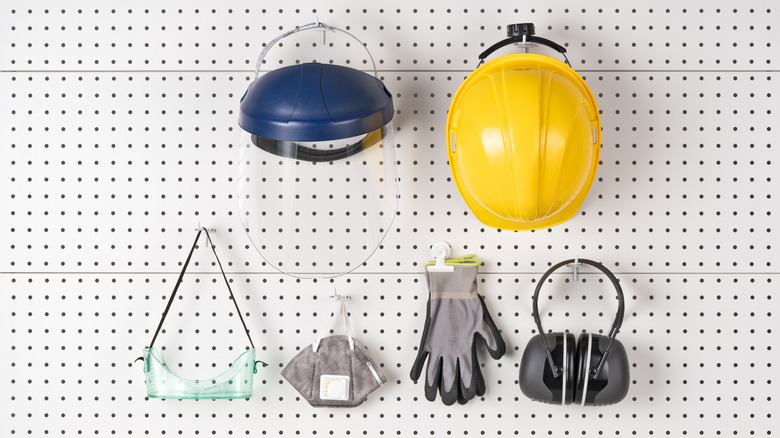
Before you even think about tackling a blade sharpening project, you'll need to source a few critical safety accessories for the job, much of which you may already have, if you're an experienced home improver and lawn maintainer. A pair of protective gloves will give you a firmer grip on metal parts that may be slick from contact with oil and other substances, or even moisture and grass. The last thing you want to do is slice open your hand because the blade assembly slipped. Both taking it off the mower and preparing it to be sharpened introduce this risk if you aren't properly prepared.
It's also crucially important to wear eye protection while grinding away at this component. You can also sharpen your lawn mower blade with a file or even a whetstone, which won't create the same kinds of flying debris or spark hazards as power tools. However, there still remains a chance of kicking up unexpected surprises into the air as you work your way across the blade. Even the most benign projects benefit from eye protection. Glasses or goggles are easy to put on and they can make a life-changing improvement to your workflow.
Another key consideration is the use of ear protection. This one isn't necessary if you're going to sharpen the blade by hand, but the introduction of power tools brings element of extreme noise that can harm your hearing.
A Bench Vise
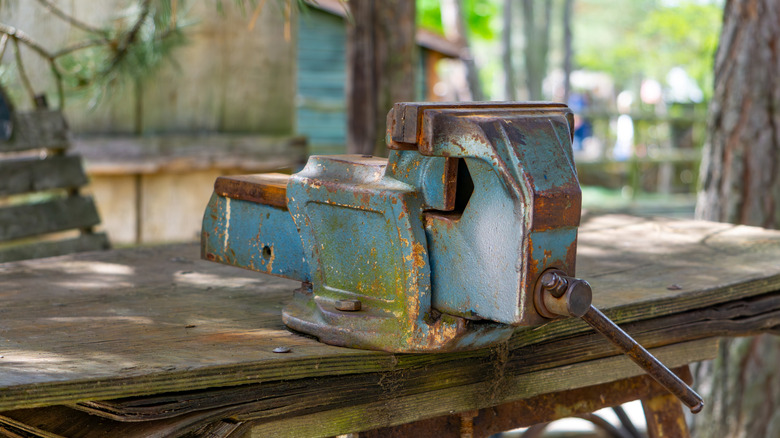
There are really two ways to go about sharpening a lawn mower blade, but either way, you'll need to secure the blade before bringing your sharpening solution to the edge's surface. It's possible to clamp down a lawn mower blade with your body or hand, or even secure it using a series of woodworking clamps. But these solutions don't fully solve the problem and maintain at least a small safety concern in the process. Instead, clamping your blade in a bench vise allows you to fully immobilize the metal component and confidently go about your sharpening task.
For many, the bench vise is a must-have solution in any home garage or workshop. The solid metal gripping implement secures directly to your bench in order to grab workpieces and prevent them from moving as you perform some kind of augmentation on the material. The tool is instrumental in a huge swath of jobs from shaping metal or chopping down components to fit custom sizing needs to more recreational uses like changing grips on golf clubs. One thing worth noting about using a bench vice for this task is that you will want to ensure you aren't clamping the blade too intensely. Otherwise you may end up damaging it.
A Lawn Mower Blade Sharpening Stone Cordless Drill Attachment
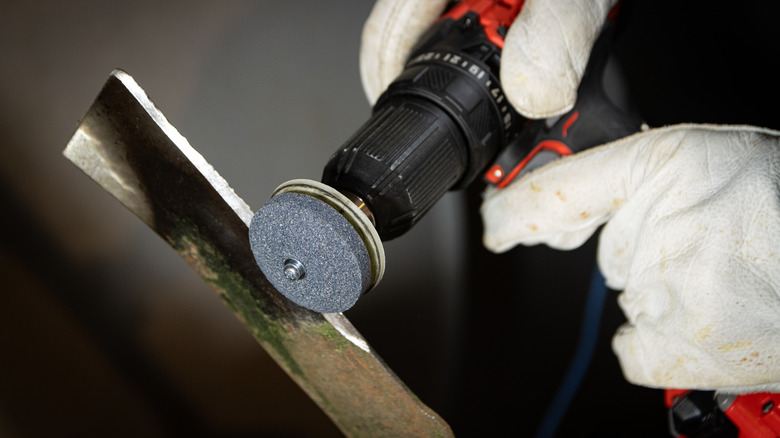
If you are taking your power tool to the blade in order to sharpen it, one of the best options available is an attachment that works with your cordless drill. Sharpening stones deliver a high-quality durable grinding solution, and in this format the process is incredibly simple. Most homeowners will have a cordless drill in their collection (DeWalt stands at the top of our rankings among major cordless drill brands, for what it's worth), and adding a single accessory can expand upon its already broad functional range.
Amazon carries a five-Piece Lawn Mower Sharpener Set priced at roughly $12. The drill accessories feature a whetstone installation at the top with curved edges to provide the correct angle for your mower blades. This builds the blade edge considerations right into the tool rather than leaving it to you to maintain a precise cutting angle by hand. At the bottom of the tools you'll find a plastic cap that helps keep the sharpening stone in position throughout the task. Combined with your bench vise and drill, this is a quick and easy way to hone your lawn mower blade and get it back in action after dulling or chipping has occurred.
A Bench Grinder
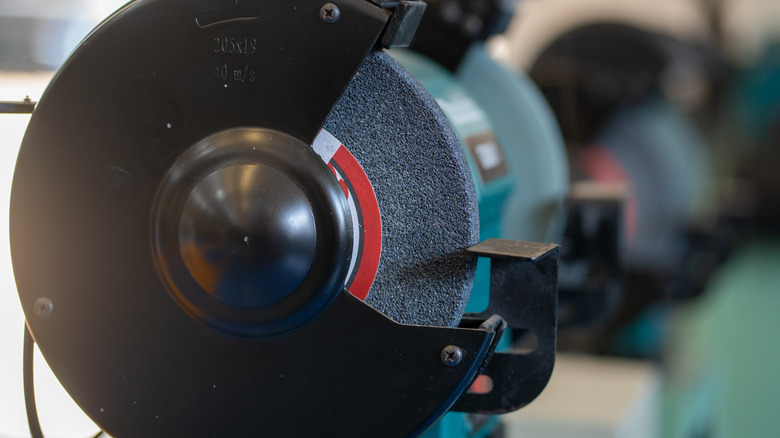
A bench grinder exists as more of a "pro" style approach to sharpening. Those working in landscaping will tend to rely on one to zip through numerous mower blades in quick succession. Bench grinders can tackle an enormous range of jobs — you can even use your grinder to sharpen drill bits, preserving their longevity. Instead of bringing the tool to a clamped blade, this solution sees you holding the blade firmly and pressing it up against the grinding wheel. Even the most pedestrian bench grinder will be able to chomp through this task with little issue. Good grinders feature adjustable tool rests and guards, allowing for either a free-floating grinding approach or one that leans into a precisely positioned rest plate.
There are lots of bench grinders available on the market. Essentially every major tool manufacturer that goes beyond basic power equipment will make a grinder, and because these tools are instrumental in both woodworking shops and for users in metalwork and beyond, plenty of specialist gear producers also throw their hat in the ring. Project Farm, a YouTube channel that goes into incredible depth in testing and comparing tools, highlights Bauer, Rikon, and Delta models as quality options that blend good power, accessory features, and a fair or even cheap price tag for what you're getting out of the tool.
Notes On How And When To Sharpen Lawn Mower Blades
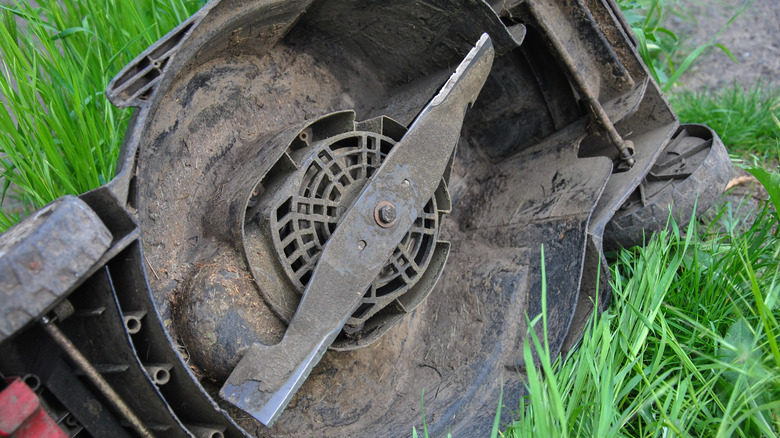
There are a few important things to keep in mind when approaching the task of sharpening lawn mower blades. If you're only mowing your own yard, the tool will probably only need sharpening twice per season. Barring damage from rocks or other debris, your mower blade won't require much attention throughout the year, but if you notice your freshly grass features a ragged edge, it means you need to sharpen it. A dull blade damages the grass structure and requires your lawn to focus its regrowth energy on repair rather than expansion or healthy root maintenance. Another telltale sign is a browning effect that takes place across the top of your yard. This is the natural byproduct of a ragged cut.
Also, remember to tip your lawn mower up vertically rather than on its side to access the blade underneath. This will prevent oil and gasoline from leaking out of your mower (the geometry makes it easier too, so maintaining this practice with an electric mower is also worthwhile). Once you have the blade off, grinding each end in balance is essential. A rapidly spinning blade that isn't balanced can create an uneven cut in the lawn and even damage the mower itself. To ensure that you're taking off material in equal proportion, hang the blade from its center on a nail or set it horizontally on a stationary object like a seesaw. A balanced blade should not tip over.
Want the latest in tech and auto trends? Subscribe to our free newsletter for the latest headlines, expert guides, and how-to tips, one email at a time.
Read the original article on SlashGear.
